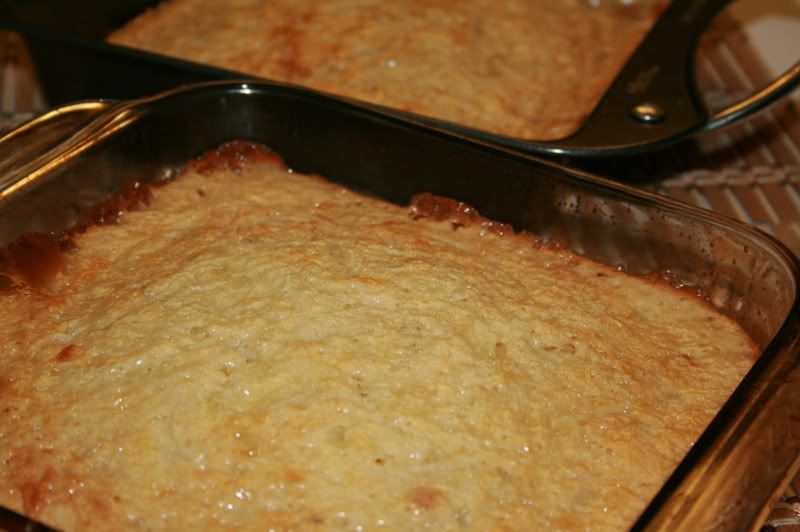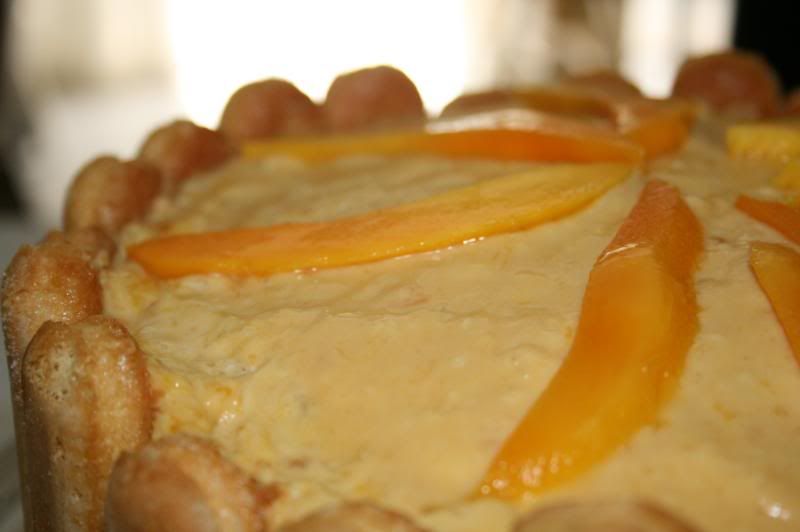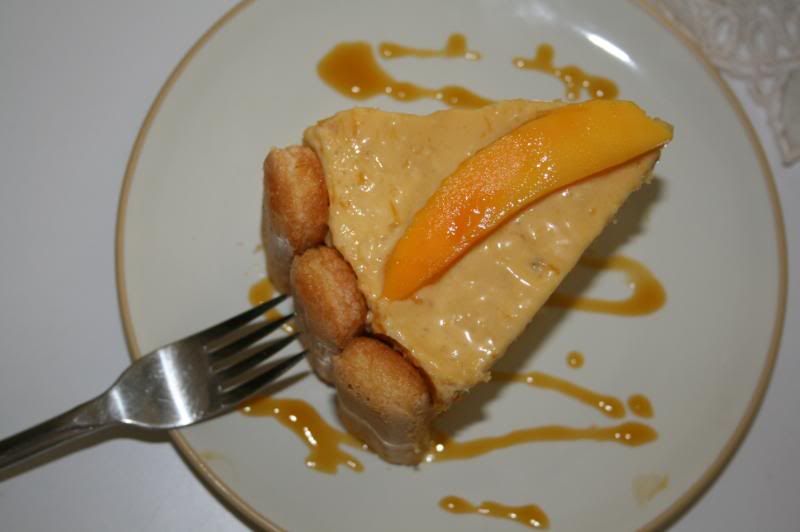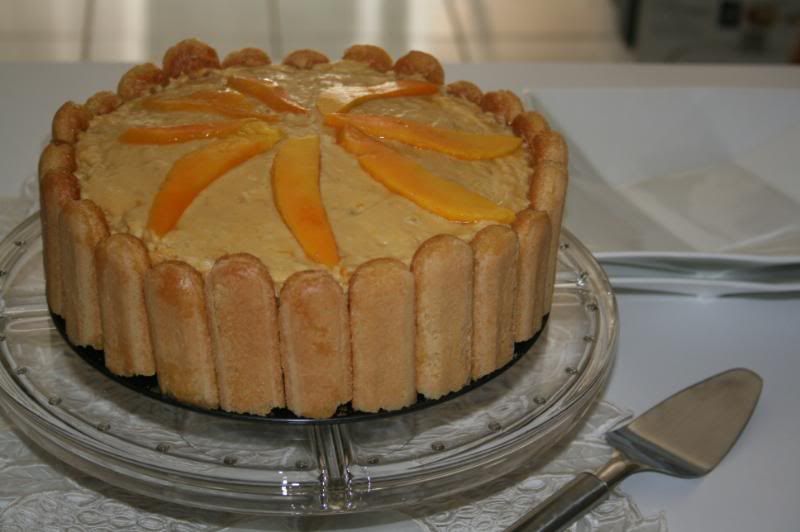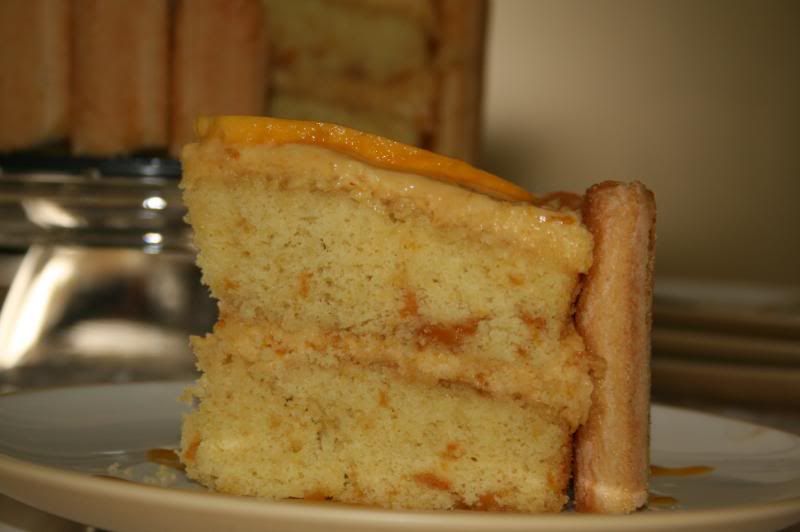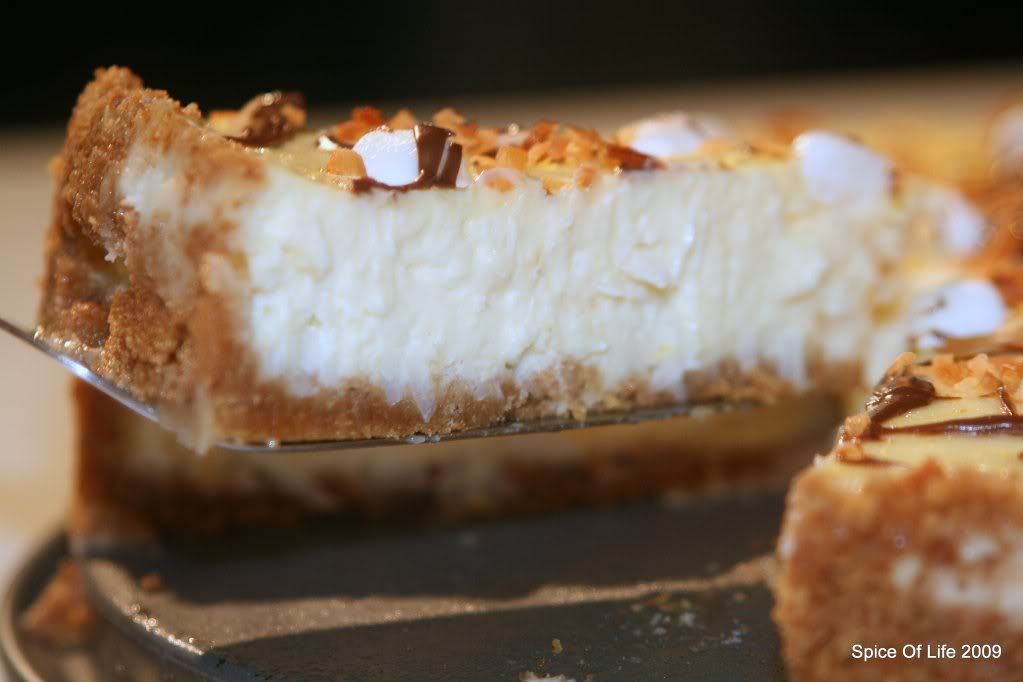
Have you had kitchen disasters? I have, countless of 'em.
If you like to cook, or work in a kitchen, I am pretty sure you have your share of fiascos, those good-intentions-gone-awry. It is inevitable and, if you ask me, it's an essential part of learning. If only we can share our stories over a cup of tea (or coffee), I am sure that we'll have a real blast listening to each other's narratives about our respective kitchen mishaps. Wouldn't that be so much fun?
When I talk about my unforgettable "duh!" kitchen moments, there is one incident that readily comes to mind. It is quite memorable for me, and may I say, hilarious too.
This happened 15 years or so ago. Back then, I was just beginning to explore the world of baking. I've always been interested in learning how to bake ever since the cooking/baking class I had when I was still in school. Sadly after graduating from college, my carreer took over and I'd never had a chance to really practice what I had learned in that baking class - until I got a scholarship in Germany for a long term training.
When I was in Germany, I spent most of my free time with a Filipino missionary family, so much so that they considered me as their "adopted" daughter. Their place became my home-away-from-home. The wife, Sarah, happens to be fantastic in so many ways, her cooking/baking skills included. It was her who took me under her wing and mentored me, with the goal of molding me into becoming a good wife, a nurturing mother, and yes, an awesome baker. :o)
One day, I was helping her make a cake (forgive me, but I don't remember what kind it was). It all went very well in the beginning, until the time came for me to pop the pan into the oven. As it was my very first unsupervised baking endeavour, I eagerly picked up the pan from the counter, carelessly grabbing the pan by its rim.
Alas, the bottom of the pan gave way and to my horror, the cake batter flowed out from the pan and onto the floor much like a volcano angrily spewing its lava out --- all in a matter of seconds. Just imagine my shock and dismay! For a brief moment, I remained frozen on the spot staring at the blob by my feet. How mortified I was !!!
I think Sarah was just as shocked. But then, we quickly recovered and like a true Filipino, eventually found the whole scene comical. We laughed. Thankfully, Filipinos are known to have the ability to laugh at themselves, to find something funny even in the most dire situation. Truly, this trait has served me well on occassions, such as this one.
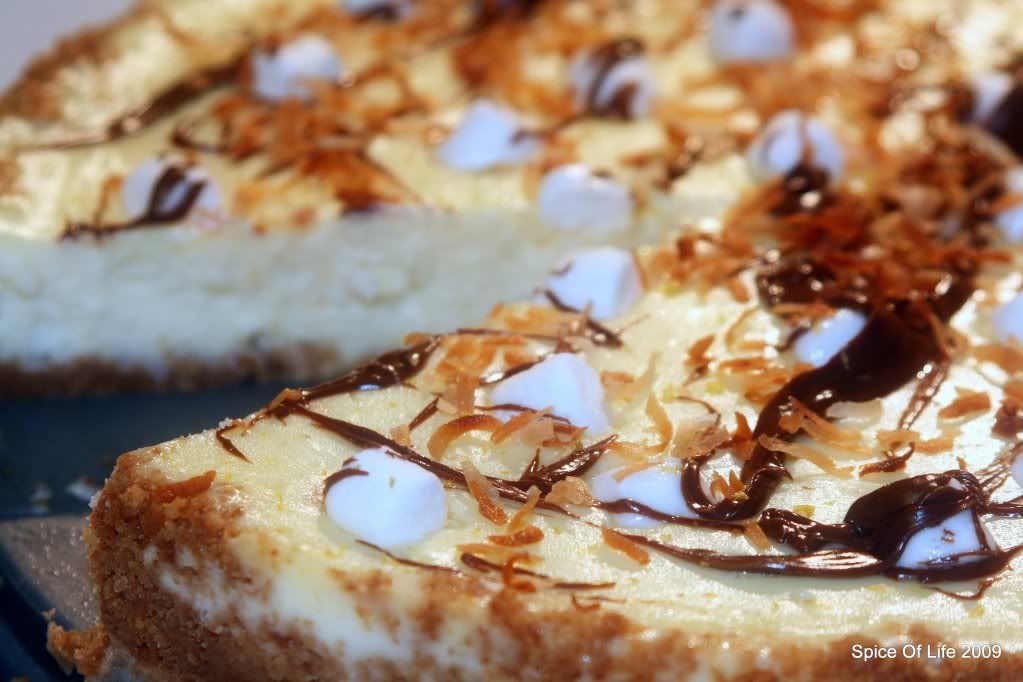
Anyhow, that was my initiation to a unique baking tool, the springform pan. That experience definitely beats any classroom session on Lesson 101: An Introduction to Springform Pans hands down, wouldn't you say?
To commemorate that unforgettable experience, I bought my very first springform pan in Germany (Kaiser brand) which I love and still utilise to this day. It is the very same pan that we used to bake this S'mores inspired cheesecake in.
Springform pans are essential for cheesecake baking due to their removable bottom (boy, do I know this now!). This unusual pan has a fastener on the side that can be opened to remove the rim after the cake is cool, allowing the cake to remain on its base. It is a worthy investment if you love cheesecake and would like to try making one.
This cheesecake flavor, if I may say so, was actually concocted by Mr. J. For days, he had been wanting to make a cheesecake with his own flavor combination. So, like a good wife that I am (ahem), I let him have his way in "my kitchen". Hahaha. (Ok honey, it's OUR kitchen.)
After surveying what we have in our fridge and pantry, Mr. J came up with this one. (He does have his flashes of brilliance..**wink**) I'd say, this cheesecake is a combination of his favorite eats -- S'mores + coconut.
(NOTE: For those who don't know, a S'more is a traditional campfire treat popular in the United States and Canada, consisting of roasted marshmallows and a slab of chocolate - usually Hershey's milk chocolate - sandwiched in graham crackers).
Being that this cheesecake was done by Mr. J, I regret to say that I won't have any recipe to share with you. He has not had the time to write it down for me and if I were to wait, it would be a loooooong time coming 'til that happens. :o) But, I do encourage you to infuse your cheesecake with your favorite flavors. I'm sure that the result will be amazing, just like how this one turned out for us. Good job, honey! This one definitely goes to Mr. J's "future restaurant menu item" file.
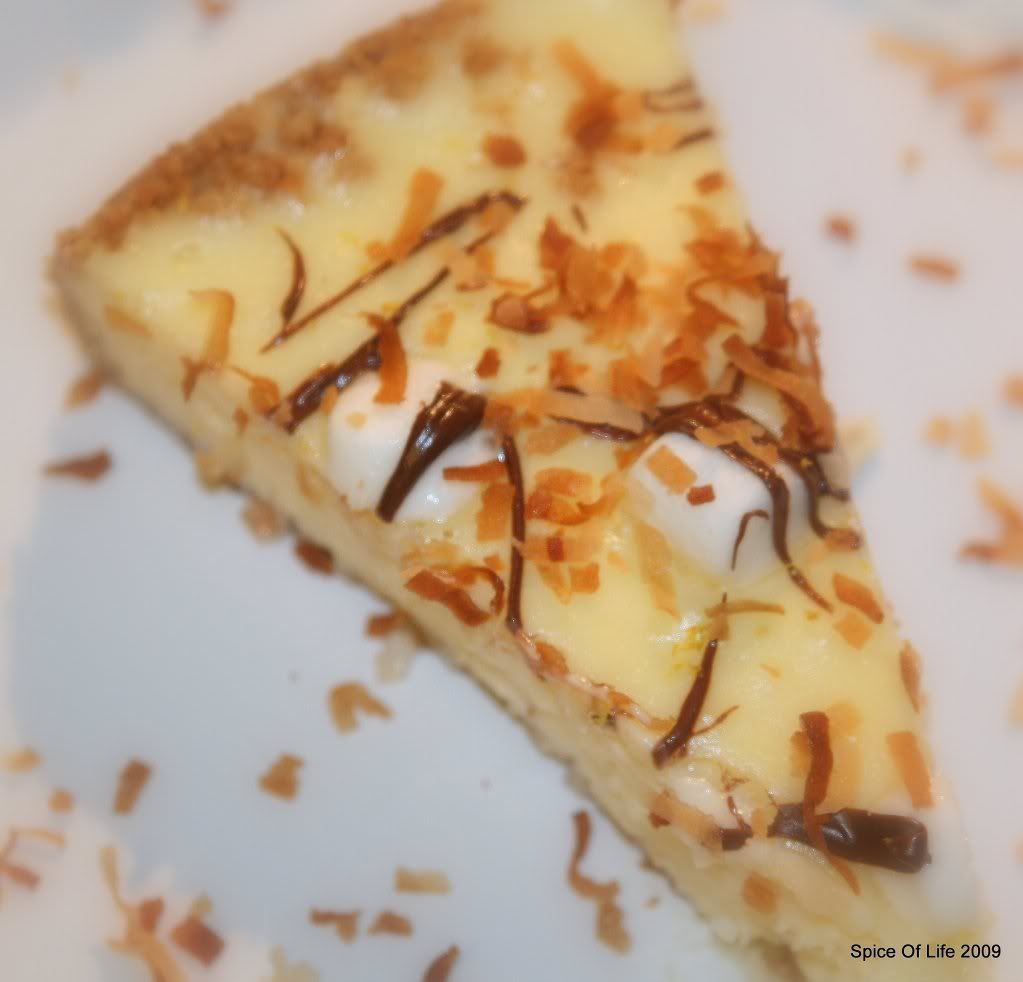
And since this cheesecake was that good, I can't help but share this, first, with Sarah. Sarah, you are and always will be my epitome of a Proverbs 31 woman. Thank you for being such a good example of a wife, mother and friend to me. This blog is an evidence of the time and effort you've invested in me. I miss you.
 Next, a slice goes to this week's Lasang Pinoy Sunday (La.Pi.S) - Slice It Up. Sorry for being the perennial latecomer - but hey, I made it :oD. If you want to know more about La.Pi.S, kindly check it out here.
Next, a slice goes to this week's Lasang Pinoy Sunday (La.Pi.S) - Slice It Up. Sorry for being the perennial latecomer - but hey, I made it :oD. If you want to know more about La.Pi.S, kindly check it out here.Enjoy your cheesecake. Laugh a lot; life is too short.


